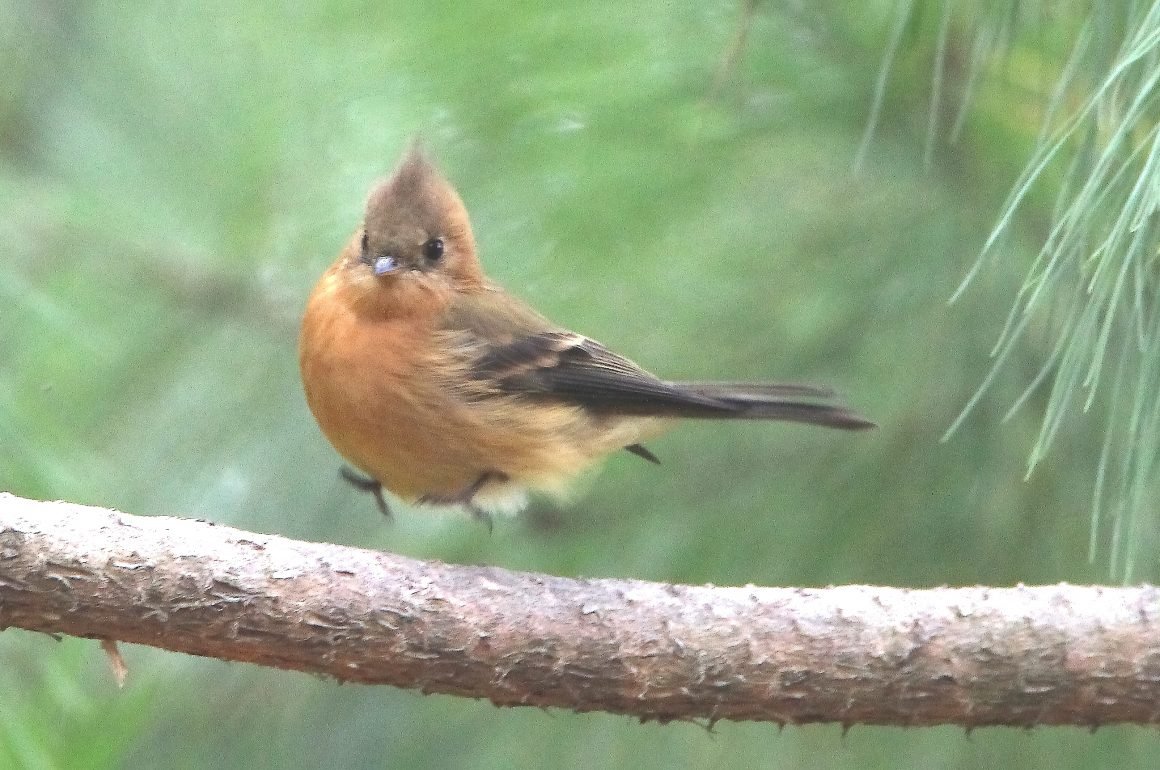
My latest posts have tended to the thematic, rather than offering up lots of photos of the cool birds I am seeing. That is not due to a lack of birding; I am still going out every Monday. But very rainy weather during August made it harder to see exciting birds, and often resulted in poor photos of those I did see.
Alas, our rainy season, and the dense cloudiness that accompanies it, seem to be slowing down. Also, our winter visitor species are starting to arrive. So, while I have my doubts about the complete end of our three-year drought here, the bird blog situation is looking up.
I had plenty of morning sun last week along the dirt road to Ejido Triquillo. I’ve never actually found this town, but a couple of signs say the road goes there, and it is a lovely wooded route. Last year, I found all sorts of hummingbirds there, but it seems I arrived a bit prematurely for that spectacle on this visit. Oh well, I’ll just have to come back again in another month. Fortunately, lots of other cute birds were present.
Tufted Flycatchers could be poster-birds for cuteness. These little Tyrant Flycatchers, present from Mexico through Colombia, never fail to charm, with their jaunty crests and characteristic “chewY-chewY!” calls.
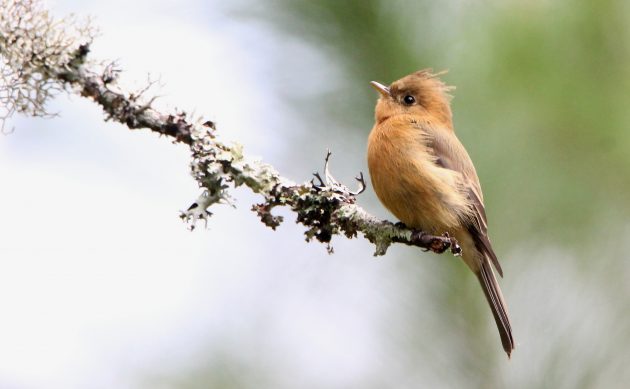
But it turns out a Tufted Flycatcher can be even cuter, with just a little hop:
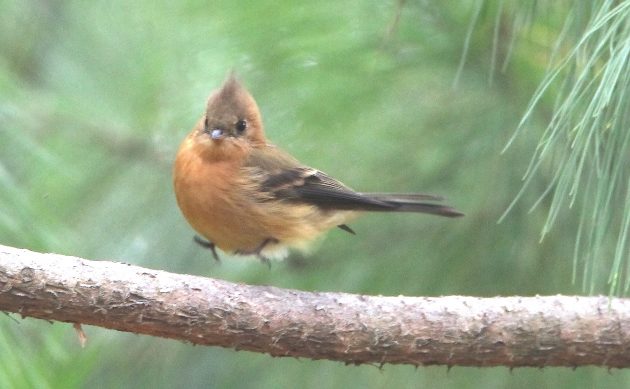
Chestnut-sided Shrike-Vireos are actually true Vireos, but of a group that is physically larger than the Vireos that reach the U.S. and Canada. They are always extremely handsome birds; one of my favorite local species, and surprisingly easy to see around Morelia. (Mexican birder friends assure me that is definitely not the case in other parts of their range.)
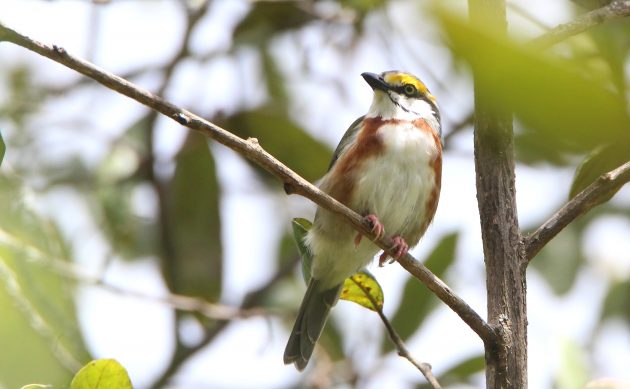
But a Chestnut-sided Shrike-Vireo can make still more of an impression, when it tries to give you some stink-eye:
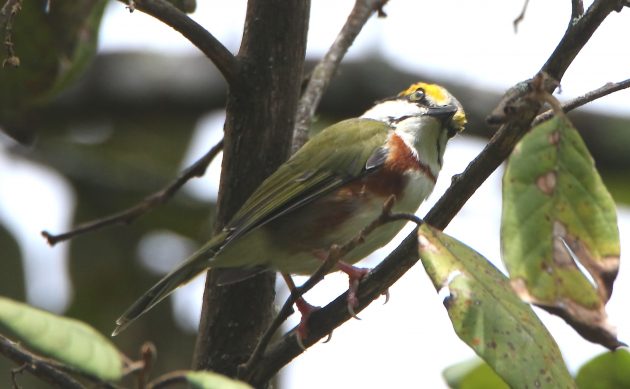
Ditto for the Russet Nightingale-Thrush:
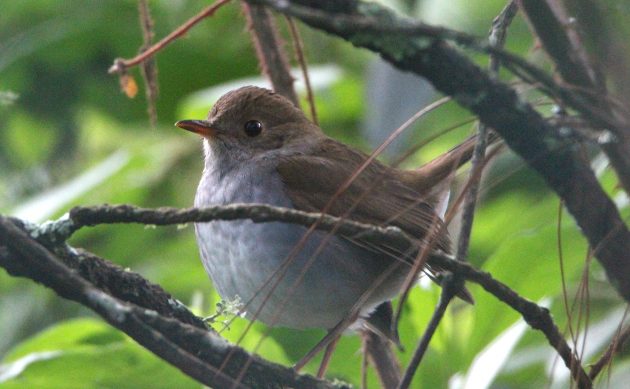
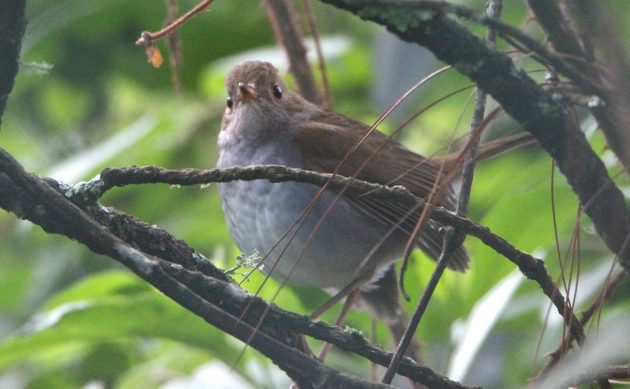
Hermit Warblers and Townsend’s Warblers are two of our cutest migratory visitors. I’m glad to have them back.
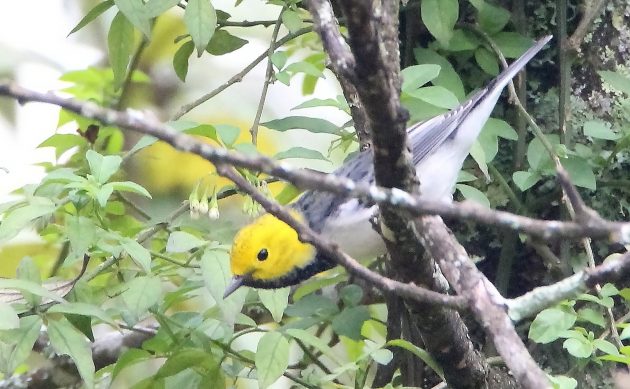
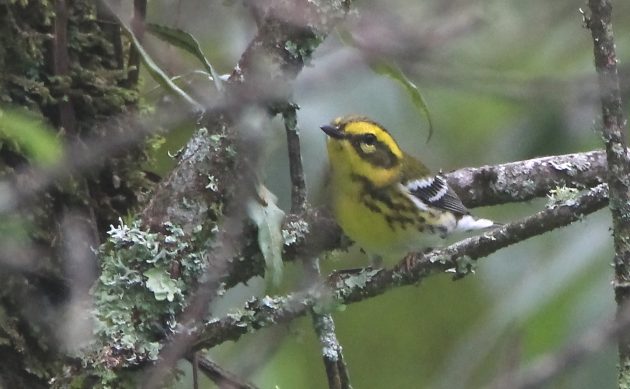
But Townsend’s Warblers can be better still on the wing:
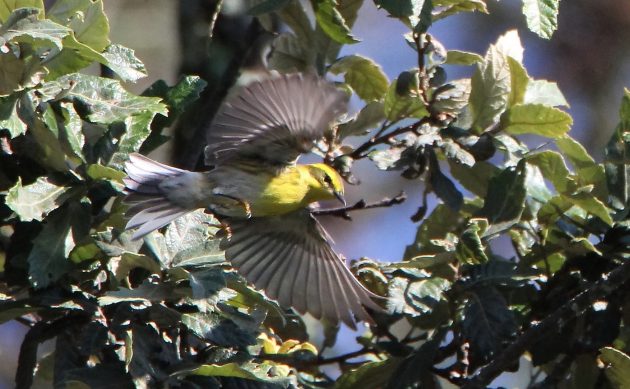
Still, neither of those visitors can match the Red-faced Warbler for sheer cuteness:
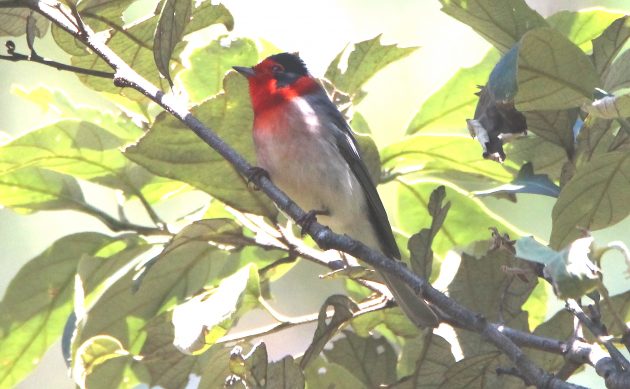
Mexican Violetears are often hard to locate, as they like to hang out high up in tall trees. But they were easy to find this day.
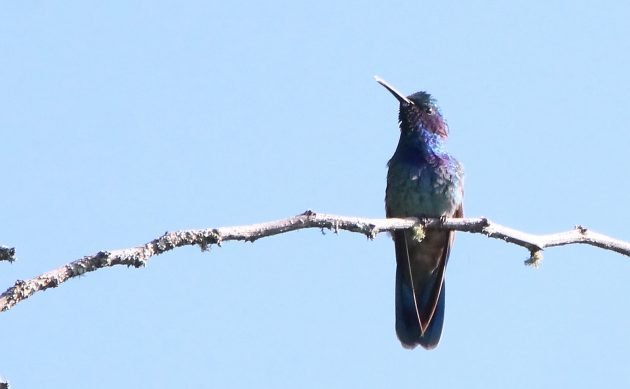
That would be because they all seemed to be singing. Adorably.
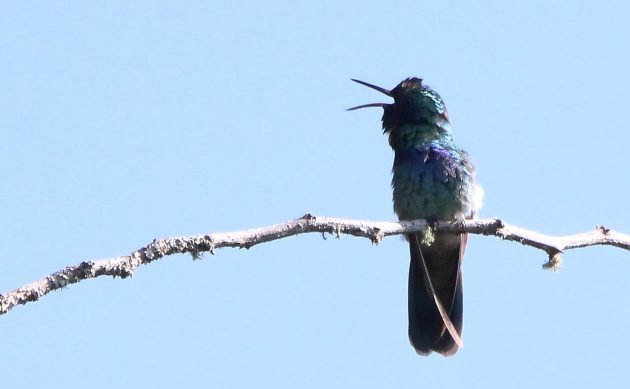
The coolest part of the White-striped Woodcreeper is its bill, but they usually keep that part of their body, indeed their entire body, close to the whatever tree trunk they are searching for food. This one briefly broke that rule.
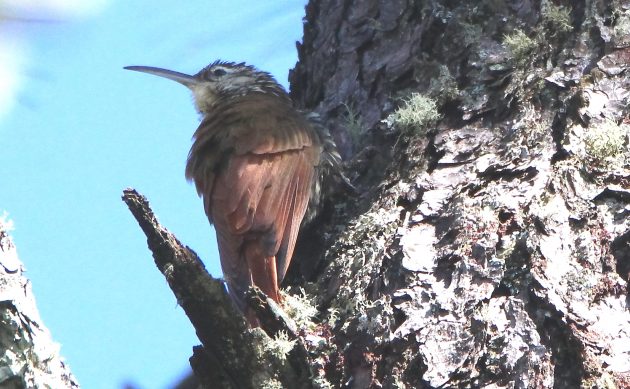
Rusty-crowned Ground-Sparrows can become cuter by feeding among Coral Tree flowers, which reflect the color of their crown.
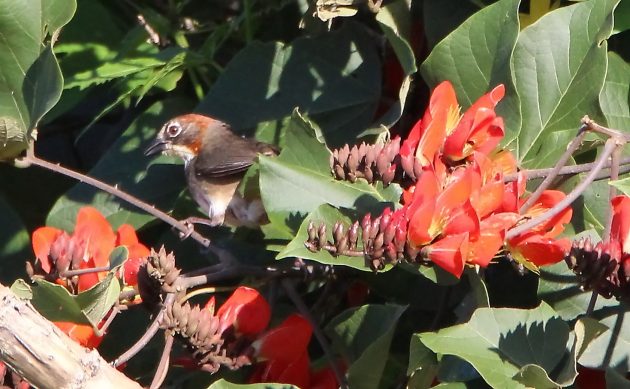
And finally, in my humble opinion our resident House Wrens (Brown-throated) are way cuter than the grayer House Wrens (Northern) that breed up north and winter down here:
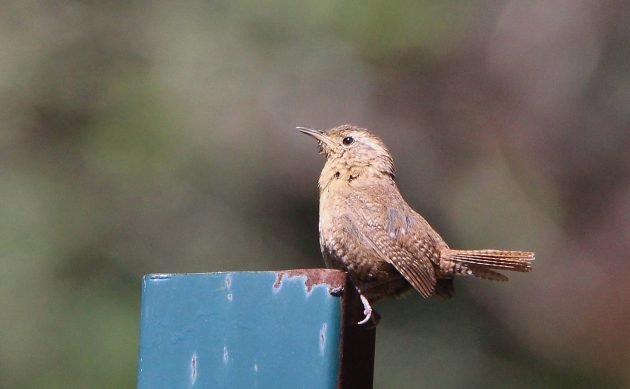











Leave a Comment